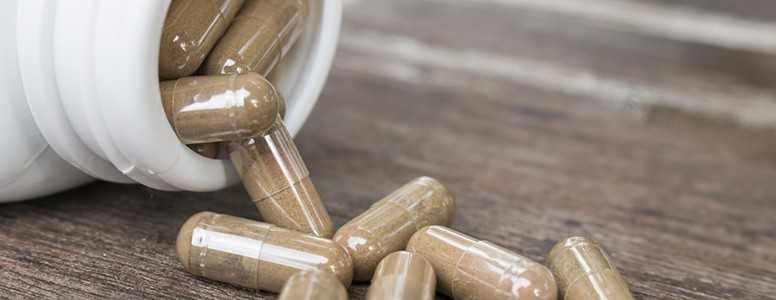The risk of diabetic ketoacidosis (DKA) recently associated with SGLT2 inhibitors should be manageable and preventable in people with type 1 diabetes, according to a new editorial.
The piece, published in Diabetes Care, argues that DKA as a result of SGLT2 inhibitors will be infrequent, “predictable, detectable, and preventable,” in patients with type 1 diabetes.
While SGLT2 inhibitors are not currently approved for use in people with type 1 diabetes, research is considering whether they could be used in people with type 1 diabetes in future. A recent study had indicated that DKA might be a possible problem for users of the drug with type 1 diabetes, but the new research discussed here indicates that the risk should not be significant.
In July 2015, the FDA issued a warning that SGLT2 inhibitor drugs could cause diabetic ketoacidosis, a serious diabetes complication that requires hospitalisation. Although the drugs, which lower blood glucose levels by preventing the kidney from absorbing glucose, are more commonly prescribed for people with type 2 diabetes, they are increasingly used by patients with type 1 diabetes. The blood glucose-lowering effect often means that people with type 1 diabetes can lower their insulin dosage. The editorial argues that people with type 1 diabetes need not be overly concerned about the risk of DKA as a result of SGLT2 inhibitors use.
The authors outline that the DKA associated with SGLT2 inhibitors is different to the DKA that is caused by untreated type 1 diabetes. The kind linked to SGLT2 inhibitors, according to the researchers, is much easier to deal with, and shouldn’t discourage people with type 1 diabetes from considering SGLT2 inhibitors.
“The balance of benefits and risks favours the use of SGLT2 inhibitors in the type 1 diabetes population, which is in desperate need of adjunct therapies,” wrote authors Julio Rosenstock, MD, of the Dallas Diabetes and Endocrine Centre at Medical City, Texas, and Ele Ferrannini, MD, of the institue of Clinical Physiology, Consiglio Nazionale delle Ricerche, Pisa, Italy.
The authors outline a common scenario for people with type 1 diabetes and SGLT2 inhibitor DKA: feeling nauseous, the person checks their blood glucose levels, but, seeing that they are not particularly high, does not inject insulin out of a fear of hypoglycemia. The ketone levels caused by SGLT2 inhibitors continue to rise. To address this, the authors recommend that people with type 1 diabetes on SGLT2 inhibitors check their ketone levels when they feel unwell, regardless of their blood glucose levels at the time.
“It is not surprising that given the burden of type 1 diabetes and its challenging unmet needs, the pharmacological properties of SGLT2 inhibitors prompted clinical development programs seeking regulatory approval and attracted off-label use in type 1 diabetes,” said Dr. Rosenstock and Dr. Ferrannini.
Future studies will properly evaluate the safety and efficacy of SGLT2 inhibitors for both types of diabetes.
“Hopefully, these clinical development programs will quickly expand so as to offer to patients and physicians a potential adjunct against the day-to-day management challenges of such a demanding disease.”
What's new on the forum? ⭐️
Get our free newsletters
Stay up to date with the latest news, research and breakthroughs.






